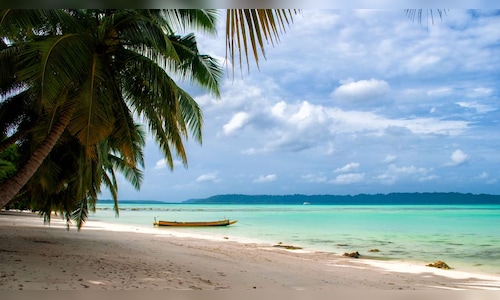This is a private service launched under the new UDAN (Ude Desh Ka Aam Nagrik) initiative of the Ministry of Civil Aviation. The Ministry of Aviation has simplified the UDAN guidelines for seaplane operations by August 2024.
The proposed seaplane services in the Andaman and Nicobar Islands will include:
- From Port Blair to Campbell Bay
- From Port Blair to Car Nicobar
- From Port Blair to Havelock Island (also known as Swaraj Dweep)
- From Port Blair to Neil Island (also known as Shaheed Dweep)
- From Port Blair to Hutbay (Little Andaman)
Recently, Nicobar Island was in the news due to the Rs 72,000 crore international transshipment project being undertaken by the Centre, which some fear could displace the Shompen. The Shompen are predominantly uncontacted nomadic hunters, with a population of 244 on Nicobar Island.
However, local government officials said the project was proposed for an area not inhabited by the Shompen, who had retreated into the jungle after the 2004 tsunami.
Read also: Get to know the 10 most peaceful countries to live in the world in 2024: India ranks 116th
Amid controversy surrounding the project, some Shompens who preferred isolation participated in the voting process, signaling a step toward gradual integration into mainstream society.
Some members are also in contact with government tamiyos (caretakers in the Shompen language) to obtain essential items, which anthropologists see as the beginning of a broader shift toward voluntary integration.
In a recent official statement, the Tribal Welfare Department highlighted: “Positive interventions in healthcare and education have stabilised tribal populations and inspired younger generations to seek better employment opportunities.”
(With PTI inputs)
Disclaimer:
The information contained in this post is for general information purposes only. We make no representations or warranties of any kind, express or implied, about the completeness, accuracy, reliability, suitability or availability with respect to the website or the information, products, services, or related graphics contained on the post for any purpose.
We respect the intellectual property rights of content creators. If you are the owner of any material featured on our website and have concerns about its use, please contact us. We are committed to addressing any copyright issues promptly and will remove any material within 2 days of receiving a request from the rightful owner.

